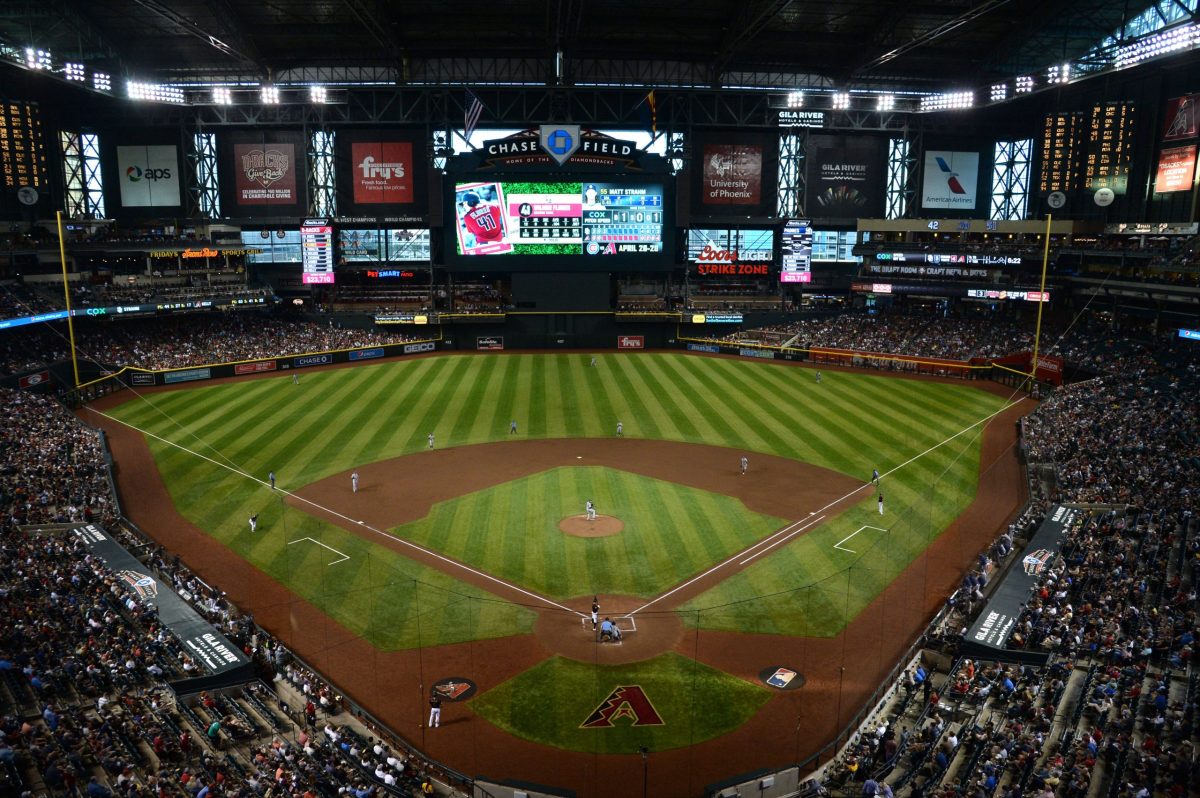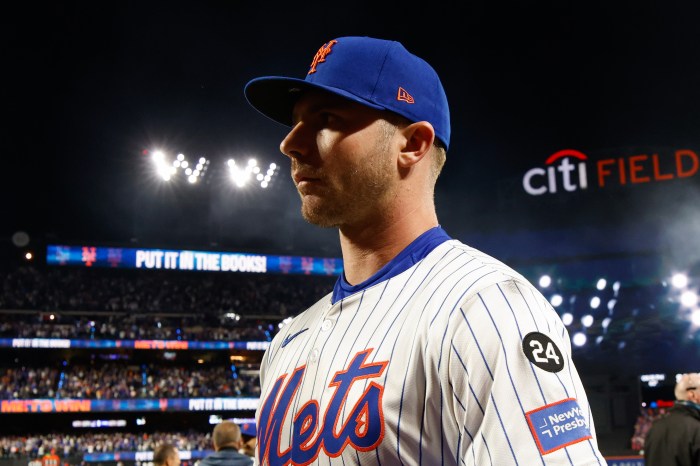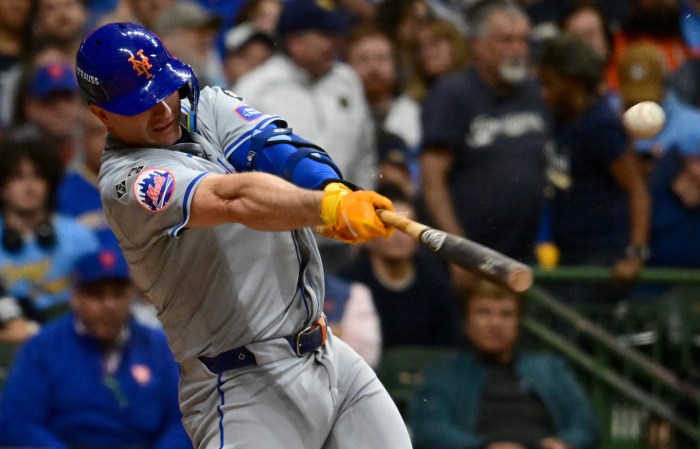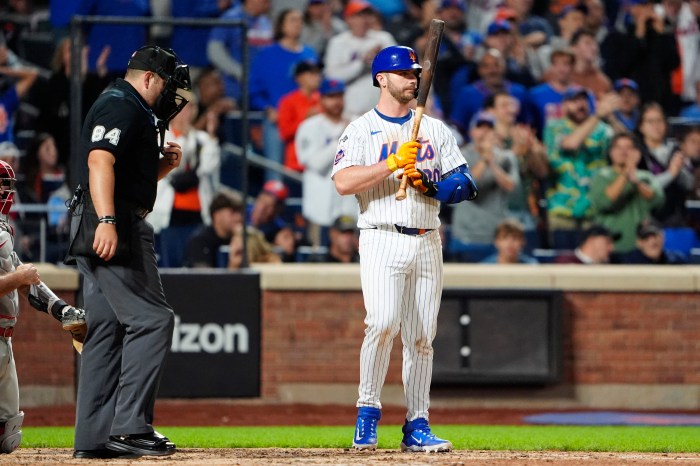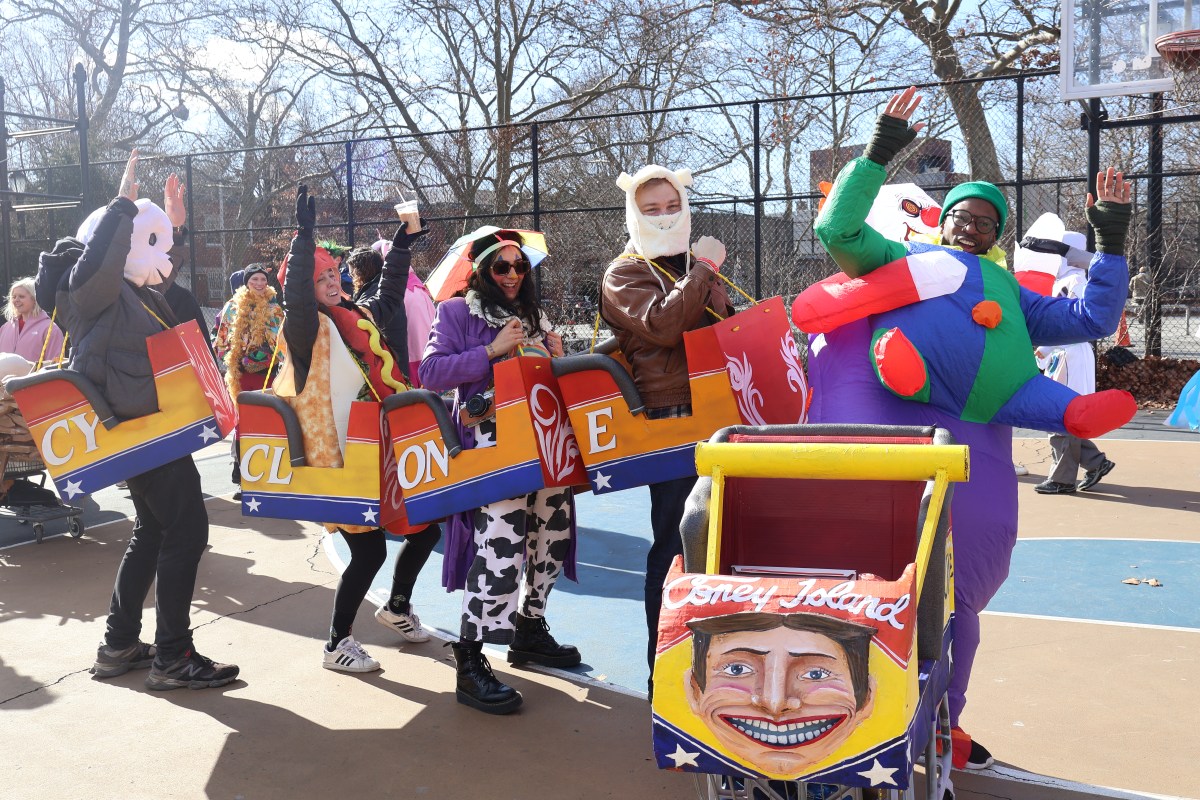There’s no denying that the absence of sports has left a canyon-sized void in the lives of fanatics all over the world this past month.
As the coronavirus pandemic continues to sweep through the United States, there is no absolute resolution in sight for games to return, but there have been glimmers of hope that sports can return soon.
On Wednesday, the director of the National Institute of Allergy and Infectious Diseases, Dr. Anthony Fauci, said that sports could return with no fans in attendance sometime this summer.
While athletes might be playing in empty arenas during the near future, it’s a compromise a majority of sports fans would take as they would be able to tune into games on TV.
When looking at the seasons of the four major professional North American sports this year, the NHL and NBA would have an opportunity to decipher a champion in truncated fashion under such circumstances. Meanwhile, the NFL could start its 2020 season as regularly scheduled in September.
But for Major League Baseball, the coronavirus freeze has thrown a wrench into the natural flow of the game’s familiar set-up of 162 games — a trivial byproduct of such a harrowing pandemic in the grand scheme of things.
Opening Day was originally scheduled for March 26 and given the length of a normal baseball season, MLB’s suspension will make it nearly impossible to play a full slate of games with a normal postseason.
The conundrum has seen reports emerge of all 30 teams heading to Arizona to play games at neutral sites, including seven-inning double-headers, to fit in as many games as possible.
It’s baseball’s best shot at a quick resumption as the Arizona plan isolates players from coronavirus threats by keeping them in one place, thus limiting travel, and provides a controlled environment to play games well past the game’s traditional World Series conclusion in October.
While no plans are set in stone, others around the baseball world have thrown out their suggestions as to how MLB should pick up its season if (or when) it is given the green light to resume.
So we at amNewYork Metro also decided to throw our hats in the ring. Editor-in-Chief Robb Pozarycki, sports editor Joe Pantorno, and staff writer Alex Mitchell put forth their suggestions for baseball’s return.
Robb Pozarycki, AMNewYork Metro Editor-in-Chief
- Reserve six domed stadiums in the United States and Canada to host baseball games for the season. We propose Marlins Park in Miami; Tropicana Field in St. Petersburg, Florida; Rogers Centre in Toronto; Miller Park in Milwaukee; the new Globe Life Field in Arlington, Texas and Chase Field in Phoenix.
- Realign the entire league into three geographic conferences — Eastern, Central, and Western — each with two, five-team divisions, or ten teams per conference.
- Eastern Conference
- Northeast Division: Mets, Yankees, Red Sox, Phillies, Pirates
- Atlantic Division: Nationals, Orioles, Braves, Marlins, Rays
- Central Conference
- Great Lakes Division: Blue Jays, Tigers, Indians, Reds, White Sox
- Midwest Division: Cubs, Cardinals, Brewers, Twins, Royals
- Western Conference
- Mountain Division: Astros, Rangers, Rockies, Mariners, Padres
- Pacific Division: Diamondbacks, Dodgers, Giants, A’s, Angels
- Eastern Conference
- Each of the divisions will be assigned to a specific ballpark
- Northeast: Marlins Park
- Atlantic: Tropicana Field
- Great Lakes: Rogers Centre
- Midwest: Miller Park
- Mountain: Globe Life Field
- Pacific: Chase Field
- The teams will play a balanced schedule of 90 games, all of which are contested within their conference. Each team will play 10 games against nine teams. There is no inter-conference play. Each site will host two to three games a day.
- In each conference, the two division champions and two wild card teams will qualify for the postseason. That’s 12 teams in the postseason for the first time in MLB history. Here’s where it truly gets interesting.
- At the end of the regular season, the qualified playoff teams will be ranked by record — then assigned by geography — into two playoff groups that will compete in a double-elimination tournament for the group championship. The group champions will advance to the best-of-seven World Series. One group of six will play their tournament out of Marlins Park, while the other group will play their tournament out of Chase Field. The World Series will be contested in its entirety at Globe Life Field.
Joe Pantorno, amNewYork Metro Sports Editor
- Instead of all 30 teams playing in one state, Major League Baseball uses two temperate locations in Arizona and Florida — both of the league’s spring-training hosts. Both states have indoor stadiums (Chase Field in Arizona, Marlins Park and Tropicana Field in Florida) and outdoor satellite stadiums to provide games in temperate settings.
- The league experiences a pseudo-revamp of the days of old. The 15 National League clubs would report to Arizona while the 15 American teams head to Florida where they solely play intraleague games. That means NL teams only play NL teams while AL teams only play AL teams. No divisions, just an equal, fair schedule to decipher the league’s standings.
- With an average of seven games per day, two-to-three can be played between the MLB ballparks in the state with the rest being held at one or two spring-training stadiums.
- Each team plays every other team in their league six times, which adds up to an 84-game regular season. That gives MLB roughly three months to complete the schedule, allowing baseball to start in June or July.
- The top five teams in each league make the playoffs. With the regular season possibly ending in October or November under the shortened schedule, MLB can revert to its usual postseason format: The Wild Card Game, the best-of-five divisional series, and the best-of-seven championship series and World Series.
- The American League’s postseason would be played at Marlins Park (because Tropicana Field is a dump) and the National League playoffs would take place at Chase Field. For the World Series, a centrally-located indoor stadium, like the Texas Rangers’ new Globe Life Park, or the Milwaukee Brewers’ Miller Park, could host.
Alex Mitchell, AMNY Reporter, host amRUSH Podcast
Let’s face it, even if baseball is to return this season it’s likely going to be in an unusual, unprecedented, and unconventional way — so we might as well have some fun with that.
Given that the season is so strange to begin with, it gives MLB an opportunity to fiddle with some ideas and concepts that otherwise might get backlash without the extenuating circumstances.
Rather than trying to normalize the strange scenario with an overload of doubleheaders and other season-condensing methods, acknowledge what this is and make a half-season truly exhilarating in the sense that each game counts.
Theoretically, if baseball is to return by July 1, that would leave a three-month playing window until October, which essentially equates to the second part of a normal season following the All-Star Break. If these games are to be played at a single neutral site per league, which appears to be a likely outcome, then why not treat the three-month season almost as if it’s the World Cup for soccer?
Use the month of July for normal play with even a dash of interleague matchups, then August for strictly league play, and September exclusively for divisional games — similar to the group stage of the World Cup.
Making the playoff scenarios a little spicier, the top two teams in each division should have a doubleheader playoff for that regional title at the end of September, with a decisive third game the following day if needed to reach the LDS.
From there, the two best ranking losers of that doubleheader playoff would face off in the already existing Wild Card Game to be the fourth team in each league to reach the LDS round. From there it’s October baseball as usual.
Is this method radical? Yes, but why the heck not given what’s going on? Short and one-game playoffs are one of the best ways to start the postseason and have the exhilaration of World Series games — not to mention it gets more teams and more fans involved in what has truly been a disparaging time for America and its fellow nations.
Subscribe to amRUSH on Apple Podcasts and Spotify.



